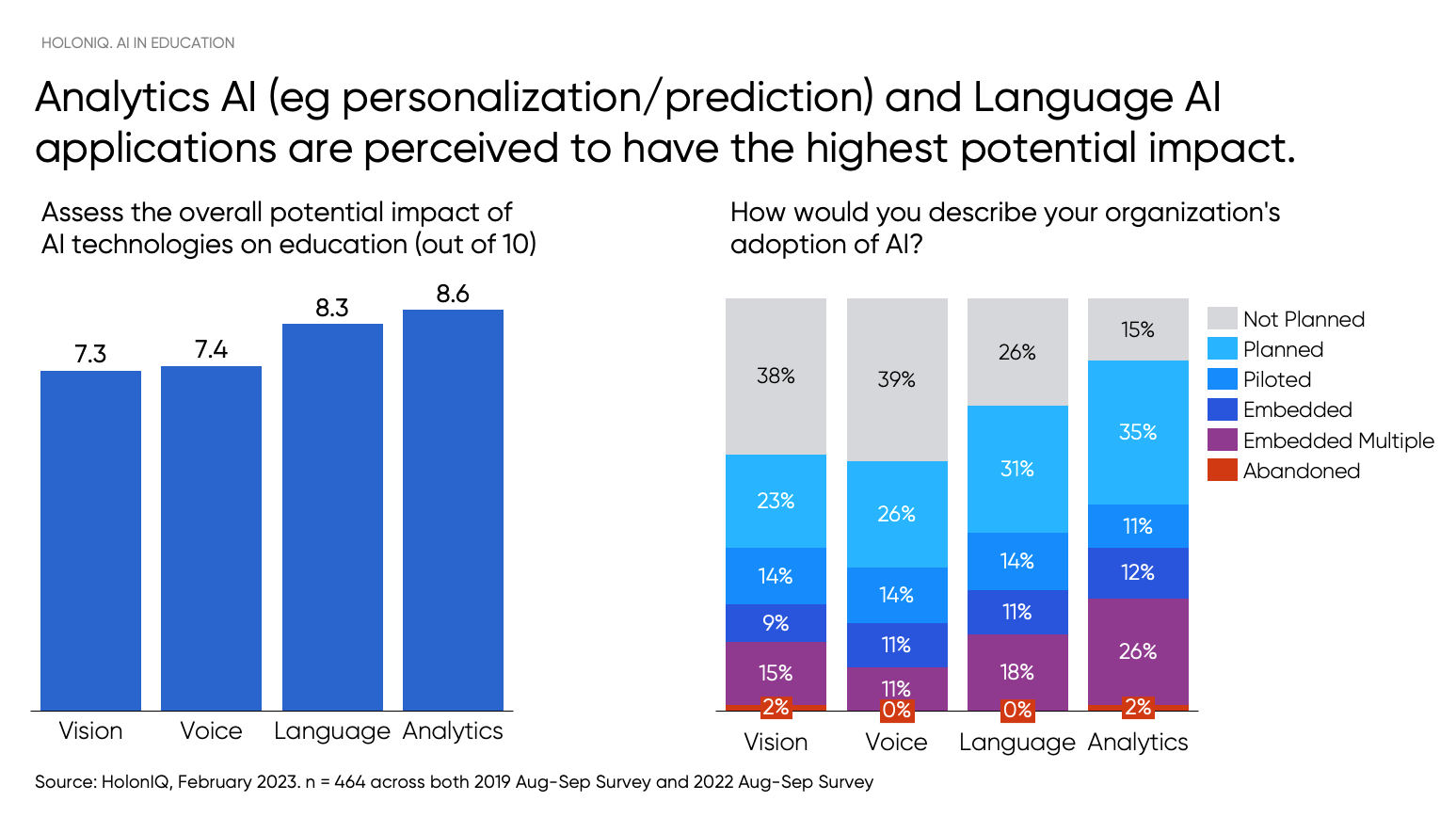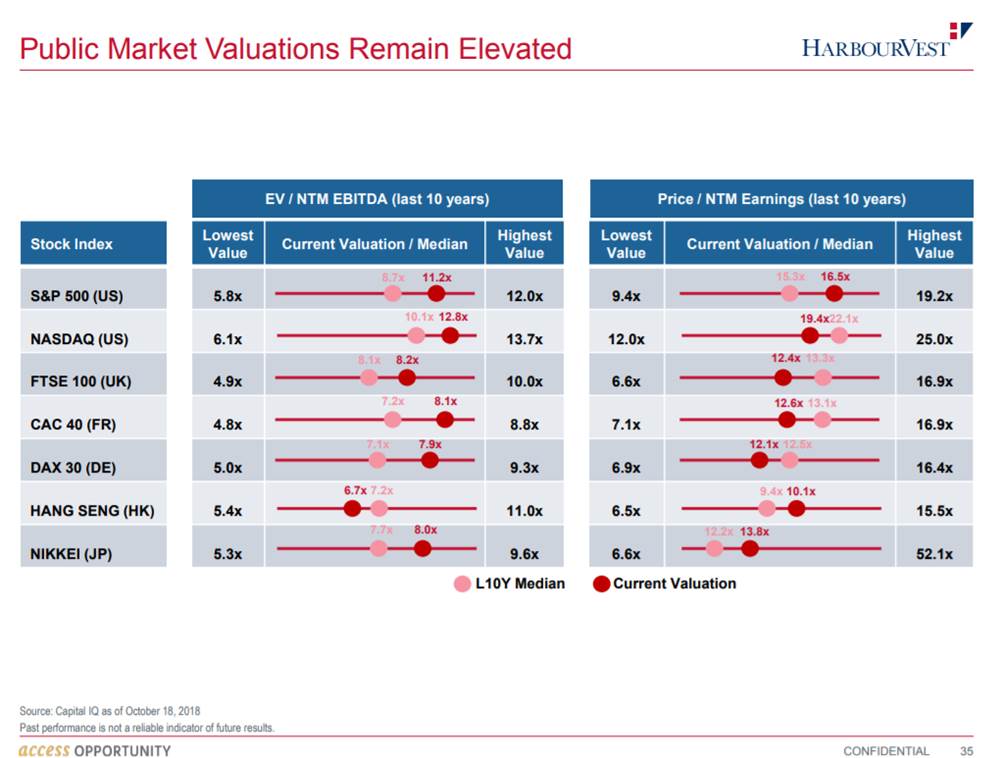Analysis: Trump Administration's Impact On European AI Policy

Table of Contents
Trade Wars and Technological Rivalry
The Trump administration's aggressive trade policies, characterized by tariffs and escalating trade disputes, significantly impacted the flow of AI-related technologies and talent between the US and Europe. This created a climate of technological rivalry with unforeseen consequences for European AI development.
- Impact on transatlantic data flows: The imposition of tariffs and restrictions created uncertainty and friction in the smooth exchange of data, a critical resource for AI development and deployment. This hampered collaborative projects reliant on seamless data sharing across the Atlantic.
- Effects on collaborative research projects: Joint research initiatives involving US and European institutions faced delays and disruptions, hindering progress in crucial areas like machine learning and deep learning. The chilling effect on collaboration led to a reassessment of transatlantic partnerships.
- Disruptions to supply chains for crucial AI components: Tariffs on semiconductors and other key components vital for AI hardware development created bottlenecks and increased costs for European companies, impacting their competitiveness.
- Increased focus on European technological independence: The experience of trade tensions fueled a growing determination within the EU to reduce reliance on US technology and foster indigenous AI innovation. This led to a significant shift towards strengthening domestic capabilities.
This heightened technological rivalry spurred a strategic recalibration within European AI development, prioritizing self-reliance and diversification of supply chains.
Regulatory Divergence and the Data Privacy Debate
A stark contrast emerged between the Trump administration's relatively laissez-faire approach to data privacy and the EU's stringent General Data Protection Regulation (GDPR). This divergence profoundly affected cross-border data sharing and AI development.
- Different regulatory frameworks: The GDPR's emphasis on data subject rights and stringent data protection standards clashed with the US's more lenient approach, creating significant hurdles for transatlantic data transfers.
- Impact on cross-border data sharing and AI development: The differing regulatory landscapes created complexities for companies operating on both sides of the Atlantic, hindering the free flow of data necessary for training and deploying sophisticated AI models. This particularly impacted data-driven AI applications reliant on large datasets.
- Impact on data-driven AI applications: The GDPR's restrictions on data usage, while aiming to protect individual privacy, presented challenges for developing certain types of AI applications reliant on extensive data sets. This forced European companies to find innovative ways to comply with the regulations while maintaining competitiveness.
- European efforts to maintain data sovereignty: The GDPR served as a cornerstone of Europe's strategy to maintain control over its data and establish its own standards for AI development, independent of US influence.
This regulatory divergence has the potential to lead to further fragmentation in the global AI landscape, with distinct regulatory regimes emerging in Europe and the US.
Impact on International AI Collaboration
The Trump administration's withdrawal from international agreements and its reluctance to participate in multilateral organizations significantly impacted international AI collaborations.
- Withdrawal from international agreements: The US withdrawal from the Paris Agreement and other international accords signaled a retreat from global cooperation, impacting joint AI research initiatives.
- Reduced participation in collaborative AI research initiatives: This diminished US engagement in international AI research projects forced Europe to seek alternative partners and strengthen its own internal collaborations.
- Shift towards bilateral partnerships for Europe: Faced with reduced US participation in multilateral forums, the EU sought to forge stronger bilateral partnerships with other countries, including those in Asia.
- Strengthening of EU-China AI cooperation: The reduced reliance on US partnerships led to increased cooperation between the EU and China in certain areas of AI research and development.
This decreased collaboration fostered a more fragmented global AI ecosystem, highlighting the importance of robust multilateral frameworks for addressing common technological challenges.
Boosting European AI Investment and Innovation
Ironically, the Trump administration's policies indirectly spurred increased investment and a renewed focus on AI within Europe.
- Increased funding for European AI research projects: The perceived threat to European technological independence led to a substantial increase in public and private investment in AI research and development.
- Development of national and EU-level AI strategies: Several European nations developed comprehensive national AI strategies, and the EU itself launched ambitious initiatives to promote AI development and deployment across the continent. This was driven by a need for greater autonomy and competitiveness.
- Focus on building a more resilient and independent European AI ecosystem: The emphasis shifted towards fostering a robust European AI ecosystem, less reliant on US technology and expertise.
- Growth of European AI startups and companies: The increased investment and policy focus fueled the growth of European AI startups and companies, leading to increased innovation and competition.
The effectiveness of these responses is still being evaluated, but the shift towards European AI independence is undeniable.
Conclusion
The Trump Administration's Impact on European AI Policy was multifaceted, creating both challenges and opportunities for European policymakers. Trade wars led to disruptions in transatlantic data flows and supply chains, forcing a reevaluation of global partnerships and fostering a push for greater European technological independence. The divergence in data privacy regulations between the US and EU further complicated cross-border collaboration. However, the resulting pressures unexpectedly accelerated European investment in AI research, the development of national and EU-level strategies, and a concerted effort towards building a more robust and self-reliant AI ecosystem. The legacy of this period continues to shape the evolving geopolitical landscape of AI development. Further research is needed to fully understand the long-term consequences of these complex interactions. Readers are encouraged to explore specific aspects of this impact in more detail, researching topics such as "European AI Strategy," "GDPR and AI," and "Transatlantic AI Cooperation" to gain a deeper understanding.

Featured Posts
-
 Stock Market Valuations Bof As Reassurance For Investors
Apr 26, 2025
Stock Market Valuations Bof As Reassurance For Investors
Apr 26, 2025 -
 Addressing Investor Concerns Bof As View On Elevated Stock Market Valuations
Apr 26, 2025
Addressing Investor Concerns Bof As View On Elevated Stock Market Valuations
Apr 26, 2025 -
 Double Strike In Hollywood Impact On Film And Television Production
Apr 26, 2025
Double Strike In Hollywood Impact On Film And Television Production
Apr 26, 2025 -
 7 Hot New Orlando Restaurants To Try In 2025 Beyond Disney
Apr 26, 2025
7 Hot New Orlando Restaurants To Try In 2025 Beyond Disney
Apr 26, 2025 -
 The Future Is Electric Examining The Role Of Chinese Ev Makers
Apr 26, 2025
The Future Is Electric Examining The Role Of Chinese Ev Makers
Apr 26, 2025
